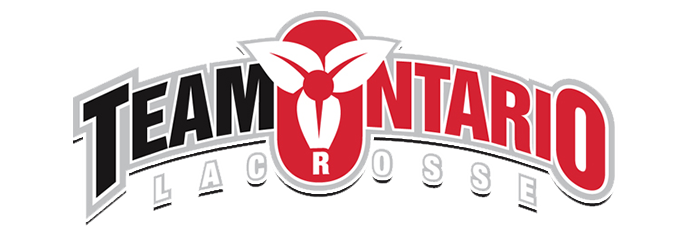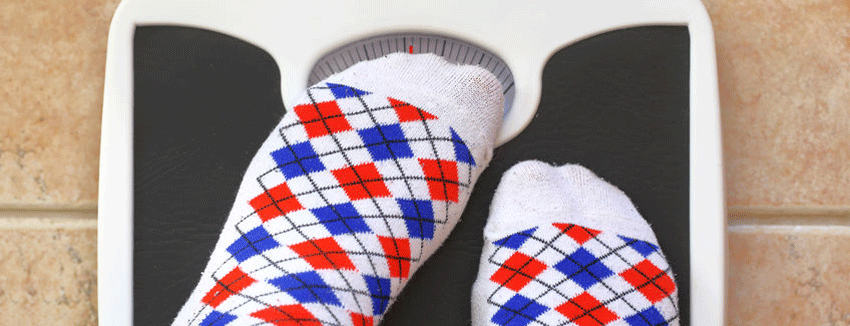|
Tricia Hayton The skis are packed away and the hockey skates have been hung up for another year, in our house that means that it is time to play Lacrosse. As we celebrate Canada’s 150th birthday it seems appropriate that my summer will be spent watching and working for Canada’s national sport. This year I am proud to be working with Team Ontario Lacrosse as an on-field therapist. Team Ontario will involve boys and girls born from 1999 to 2006. Teams will be selected for both field and box games. These representatives will compete in a National Championships throughout July and August. These young men and women are truly the best that the province has to offer and I pleased that I will be helping them along the way. For more information on Team Ontario lacrosse check out their website at http://teamontariolacrosse.pointstreaksites.com/view/teamontariolacrosse/home-page-815. Many of our local lacrosse players spend their winter with hockey. How do you make the transition safely? The most common complaint I have heard over the last few years is calf and ankle pain as the players change from skates to cleats and shoes. This is because the large muscles in your calf, the gastrocnemius and soleus, that are responsible for sprinting are used minimally in skating. It is fairly easy to strengthen these muscles to prevent pain, or lack of performance. Standing on the edge of a bottom stair, let both heels hang off the edge. Quickly raise up onto your toes and hold for a count of 3, then very slowly lower to the original position. A healthy calf that is ready to take on the game should be able to do this exercise 30 times. To strengthen the muscles, do 3 sets of 15 reps, 4-7 times a week.
Remember that if pain lasts for more than 3 days, it is wise to seek medical advice. Our sports physicians are here to help!
0 Comments
Tricia Hayton
I have a new love. Well, at least a new sport to love. From March 8 to 11th I was lucky enough to be part of the medical team for Skate Canada's World Junior Synchronized Skating Championship held at the Hershey Center in Mississauga. The event involved 19 teams from 14 countries. Each team had up to 20 skaters that were 12 – 18 years old. I have spent many hours in arena covering events from hockey to elite figure skating, but the talent and athleticism of these young people amazed me. Imagine 16 skaters knowing exactly where each other are so that they can twirl, lift, and jump without colliding to perform a chorus line on ice. Truly spectacular. One of our clients asked me what was involved when we participated in these events. The role of the medical team is twofold. Therapists, consisting of physiotherapists, athletic therapists and chiropractors provide emergency care to the skaters should they fall. We are the first line of care and decide if the athlete can be patched and return to skating, or if a doctor or ambulance is needed. Sports Medicine Specialists, with the same designation as the doctors staffed at Physio Sport Med, are sitting rink side to provide any emergency care that is needed. For skating this can range from stitches, to concussion treatment, to emergency cardiac care. The second role of the medical team is to run a clinic in the arena. This clinic will provide therapy and medical care to the skaters, coaches and support staff. The goal is to keep all of the athletes in prime competing form. To be considered a sports therapist rigorous post graduate training is required. This training not only involves emergency first aid, but protective equipment and taping, nutrition, exercise physiology, and functional testing for return to sport. And when I get to discover a new sport, it makes the effort worthwhile. Eric provides services at Physio Sports Med as our Chiropracter and Sports Sciences Resident. We had a few questions for him...
Where did you get your education? I received my BSc (Hon) from McMaster University in Life Sciences. I proceeded to attain my Doctor of Chiropractic degree from New York Chiropractic College. I also recently completed a two-year intensive Sports Sciences Fellowship at the Canadian Memorial Chiropractic College. During this fellowship, I received in-depth training, education and experience in the field of Sports Sciences. What types of patients do you work with? I work with many types of patients, including but not limited to:
Do you only work with people who are in pain? No! The quantity and quality of your movement can help predict your risk of injury – these are warning signs that Dr. St-Onge can help find. Pain is an indicator that something is already “hurt”. The saying “An ounce of prevention is worth a pound of cure” is absolutely true. Many people only use chiropractors to treat bad backs. How are you different? I take the time to sit and listen to your story and find out what your goals are. After a thorough physical assessment, we determine the best approach to get you to your goals. I have done a countless number of hours of continuing education and have accumulated lots of tools in the toolbox – thus increasing the chances that I can help with your specific needs. Treatment times last anywhere from 30-60 minutes, thus giving us plenty of time to work together! I’ve come a few times and I’m not in pain anymore. Should I still come in? Yes! This is actually the best time to come in. Pain will be one of the first things to go away in treatment, but the root cause of the pain can still be lurking. Only once this root cause is dealt with, then pain will go away long term! Will you give me exercises to do? Every time. As a Certified Strength and Conditioning Specialist and professional member of Exercise is Medicine Canada, I am a firm advocate that some form of physical activity is mandatory in my treatment plans. You are an active participant in your health! For example, if you want bigger biceps, I can’t perform the curls for you! Can I talk to you before I make an appointment? Absolutely! You can email me directly at [email protected] and we can schedule a call. March is here and that means we’re ready to celebrate Nutrition Month here at Physio Sport Med! This year, Dietitians of Canada has organized Nutrition Month to help Canadians Take the Fight out of Food! Each week will focus on a common “food fight” that Canadians face. We will be using three steps to help you overcome your “food fights” and make eating more enjoyable.
What topics can you look forward to this month?
Week 1: Food Fads Week 2: Digestive Woes Week 3: Picky Eating Week 4: Eating and Stress Week 5: Managing a Condition If you can relate to any of these, follow us on Instagram @physiosportmed and on Twitter @PSMOakville where we will be addressing each of the weekly topics. If you want more information on any of these topics or you have another food-related issue, our Registered Dietitian is available to meet with you and is excited to help you take the fight out of food! Have a happy Nutrition Month! Adapted by Danielle Boudreau from the Dietitians of Canada’s Nutrition Month campaign materials. Find more information about Nutrition Month at www.NutritionMonth2017.ca. |
Physio Sport Med
Serving all of Oakville in the Uptown / Dundas-Trafalgar Core. Archives
May 2025
Categories |
- Info
- Book Now
-
Team
-
How We Treat
- Sport Medicine Consultation
- Manual - Exercise Physio
- Sport Physiotherapy
- Tissue Injections
- Acupuncture
- Vestibular Physiotherapy
- Osteopathy
- Chiropractic Care
- Concussion Program
- Shockwave Therapy
- Female Pelvic Health
- Male Pelvic Health
- Registered Massage Therapy
- Nutrition Consultation
- On-Field Therapy Coverage
- Custom Orthotics
-
What We Treat
- Sports Injuries
- Low Back Pain
- Osteoarthritis
- Motor Vehicle Accident
- Sprains
- Muscle Strains
- Concussion
- Rotator Cuff
- Tendonitis
- Neck Pain and Headaches
- Hip Pain
- Shoulder Pain
- Elbow, Wrist and Hand Pain
- Foot and Ankle Pain
- Post Surgical Rehabilitation
- Gait and Balance Disorders
- Knee Injuries
- Pelvic Floor Conditions
- Blog



 RSS Feed
RSS Feed